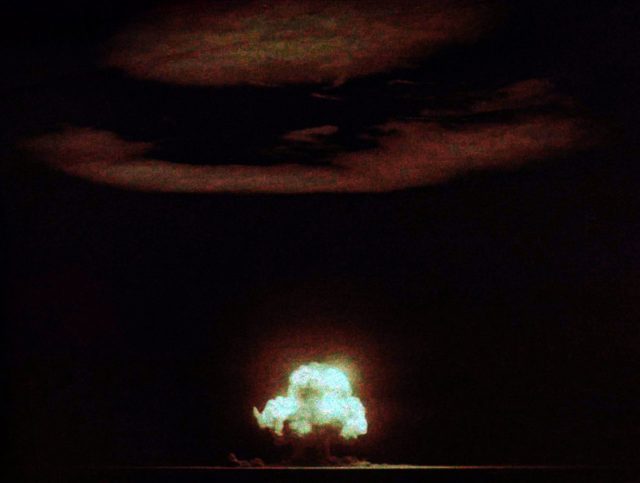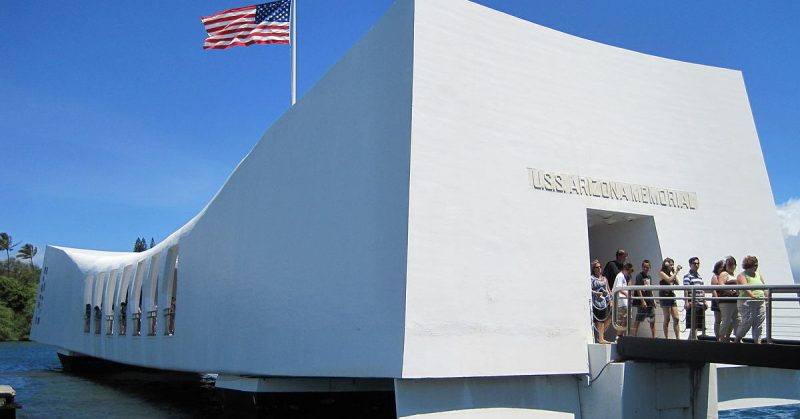The United States has existed as a country since 1776. In that time, many events have transpired that have shaped the country to what it is today. From the Revolutionary War to 9/11, America has seen its share of major events taking place on its own land. Ten of these major events are the can’t-miss sites that every American should see, listed below.
Pearl Harbor, Hawaii
The attack on Pearl Harbor was a surprise assault carried out by Japan on the United States naval base at Pearl Harbor, Hawaii, which led to the United States entering World War II. In total, 2,403 American troops died while another 1,178 were wounded. There were even some civilian causalities, with 68 killed and 35 wounded. The attack caused death and destruction, and led to President Roosevelt making a declaration, which has become one of the most famous lines in the United States history, declaring it “A date which will live in infamy.”
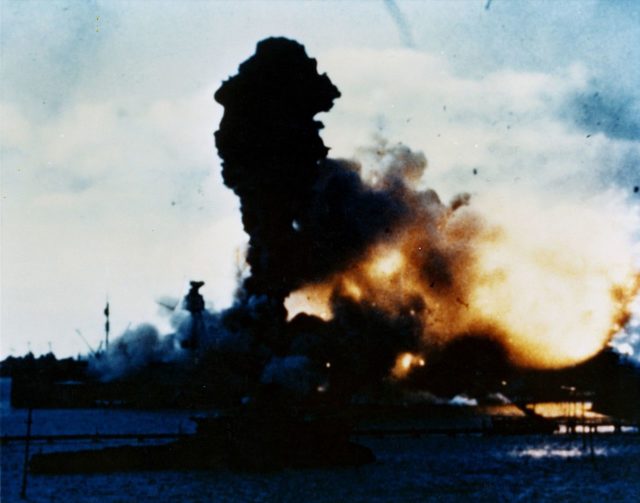
Several battleships were completely destroyed, while other ships suffered major damage. Airplanes suffered a huge loss; prior to the attack there were 390 aircraft housed at the base, but 188 of those were destroyed during the attack, with a further 159 damaged.
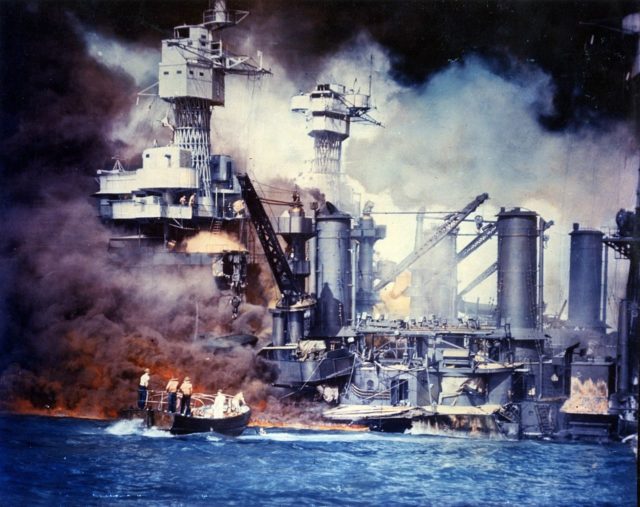
Today, visitors can tour the USS Arizona Memorial as well as visit the many museums that have been built in the area, such as the Pacific Aviation Museum and the USS Bowfin Submarine Museum.
Gettysburg, Pennsylvania
Often viewed as the turning point of the American Civil War, the Battle of Gettysburg was deadliest battle in the entire war. Fought in Gettysburg, Pennsylvania, over 50,000 confederate and Union soldiers died on the battlefield.
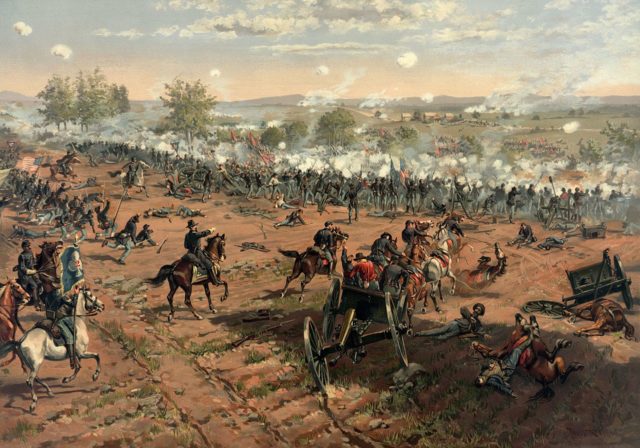
The site is famous for the Gettysburg Address, which was a speech given by Preisdent Abraham Lincoln, that opened with the now-famous line, “Four score and seven years ago.” While the battle was fought from July 1-3 in 1863, Lincoln wouldn’t give his speech until November 17th, 1863. The speech was given at the dedication of the Soldiers National Cemetery, a cemetery for Union soldiers killed during the battle.
National September 11 Memorial and Museum – New York, New York
On September 11th, 2001, the Manhattan skyline would be changed forever. On this day, several men hijacked four planes with the intention of causing mass destruction. The Twin towers in New York would be struck by commercial jets; another would be crashed in a field in Pennsylvania after passengers on board tried to retake the plane, and finally, the Pentagon would be struck by another plane. September 11th was much more than just a terrorist act. It caused global economic impacts, the American war on terror and much more. Over 2,950 people were killed in the attack, encompassing office workers, policemen, firefighters, service dogs, and more.
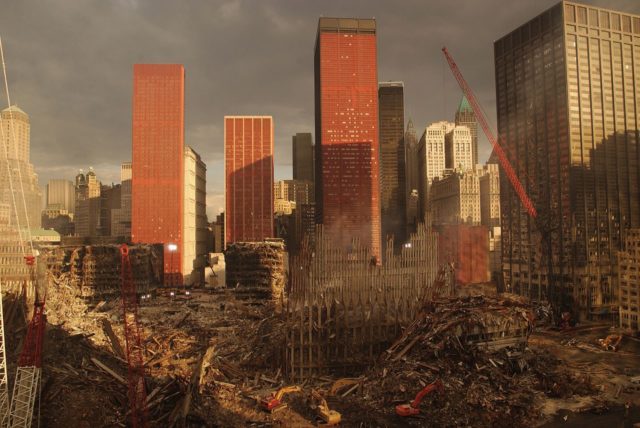
The trade center site in New York is arguably what most people think of when they think of 9/11. Today, the area has been converted to a memorial, the National September 11 Memorial and Museum. The complex features two reflection pools, as well as a museum.
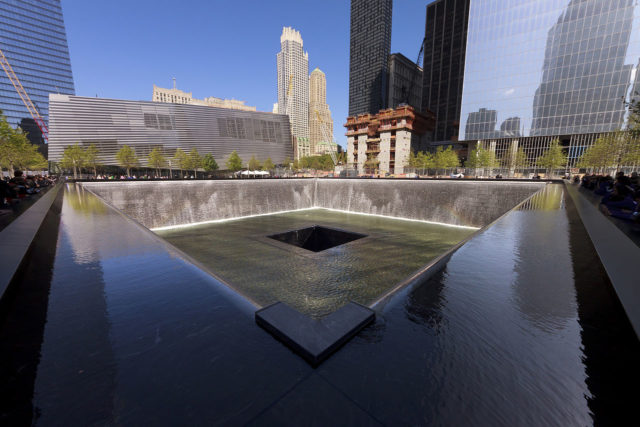
Vietnam Veterans Memorial, Washington, D.C.
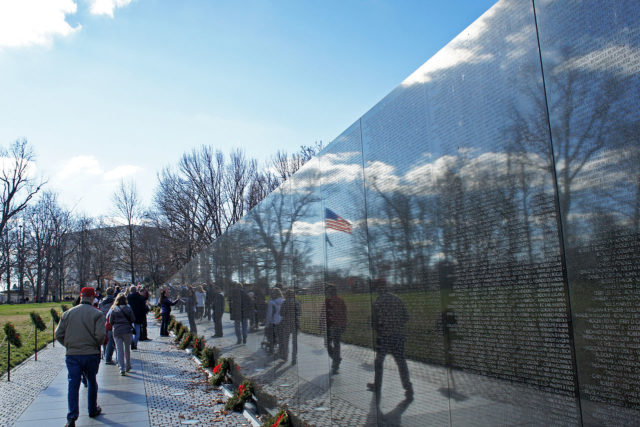
The Vietnam Veterans Memorial is a monument to those who fought in the Vietnam War. It is is made up of walls that are built into the ground, which have the names of those who were killed in action and those who were missing in action, etched into the them. Those who were killed in action are noted with a diamond, while those who were missing are noted with a cross. The memorial is located on the National Mall, in Washington, D.C. near the reflection pool and the Lincoln Memorial.
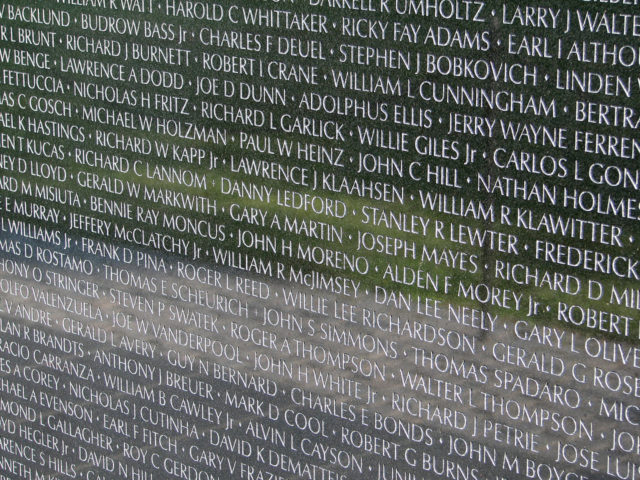
Independence Hall, Philadelphia, Pennsylvania
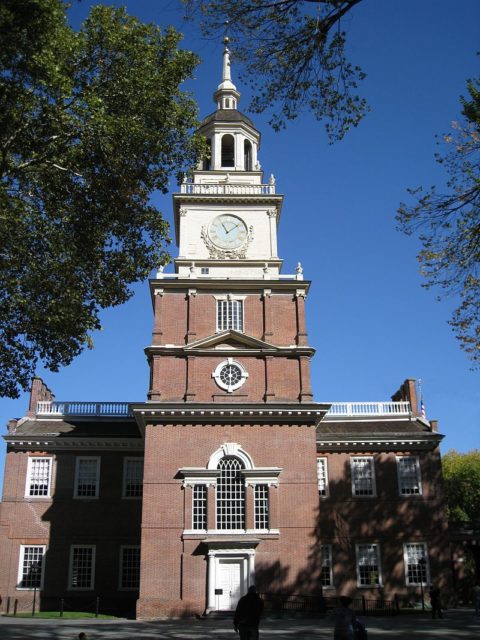
Known as the birthplace of the United States Declaration of Independence and the United States Constitution, Independence Hall played a large role in the American Independence. The Hall is a part of the Independence National Historic Park, which is also home to the Liberty Bell.
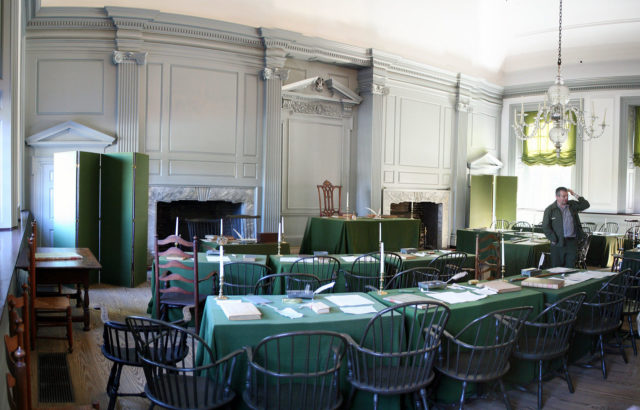
Mount Rushmore, Pennington County, South Dakota
Mount Rushmore features a sculpture of four United States Presidents, which have been carved into the granite mountain side. The sculpture shows – from left to right – George Washington, Thomas Jefferson, Theodore Roosevelt, and Abraham Lincoln. Each face is about 60 feet tall.
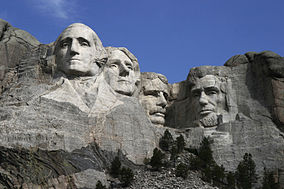
National Mall, Washington, D.C.
While the Vietnam Veterans Memorial is a part of the National Mall, it deserved its own distinction. The National Mall is the center piece of Washington, D.C. with it housing several major museums, monuments and the United States Capitol.
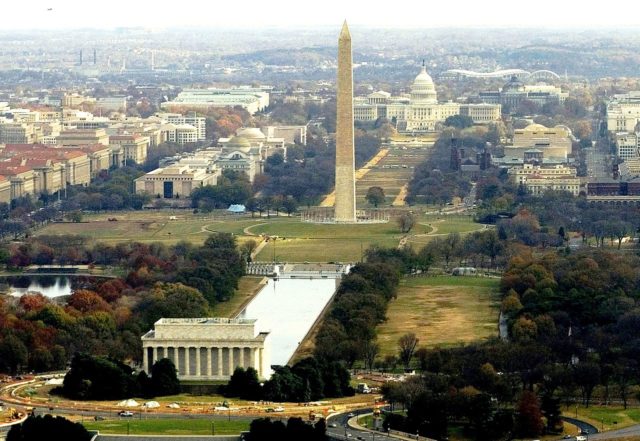
The area is home to the United States Capitol, the Lincoln Memorial, the Washington Monument, the Reflection Pool, and a handful of museums that house artifacts from the country’s past. Nearby are several government offices, as well as the White House, which can be seen when standing at the Washington Monument.
Valley Forge National Historic Park, King of Prussia, Pennsylvania
Valley Forge was the camp for the American Soldiers in the Winter of 1777-1778. General George Washington had sought to stay in Valley Forge, as the winter was coming and troops needed to prepare camp for the coming months. Problems arose when the camp fell in to a shortage of supplies. Many men were missing boots, hats, and other essential clothing that you would really need during the winter. There was also a shortage of food and water, and snow was difficult to melt for drinking water due to the always changing temperatures.
Because of this, over 2,000 men died from malnutrition and diseases such as smallpox, typhoid and pneumonia. Animals suffered as well, with over 700 horses dying through the winter.
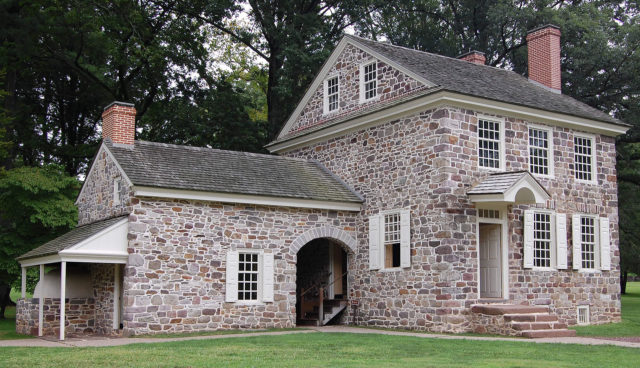
Arlington National Cemetery, Arlington County, Virginia
Located across the Potomac River from Washington, D.C., Arlington National Cemetery is a large United States Military cemetery that has over 400,000 graves. Popular grave sites here include the Tomb of the Unknown, and President John F. Kennedy whose grave features an eternal flame. The Cemetery follows strict procedures including the guarding of the Tomb of the Unknown, which has been guarded at all times since 1937.
Trinity Site, New Mexico
Trinity Site is the location of the first Nuclear Bomb detonation. Located out in the middle of nowhere in New Mexico, it was the ideal place for the United States Army to test their new nuclear weapon. The site gets its name “Trinity Site” from the codename Trinity. Which was the codename for the first nuclear bomb test. The bomb was detonated on July 16th, 1945, just a few weeks before the nuclear bombing of Nagasaki and Hiroshima.
